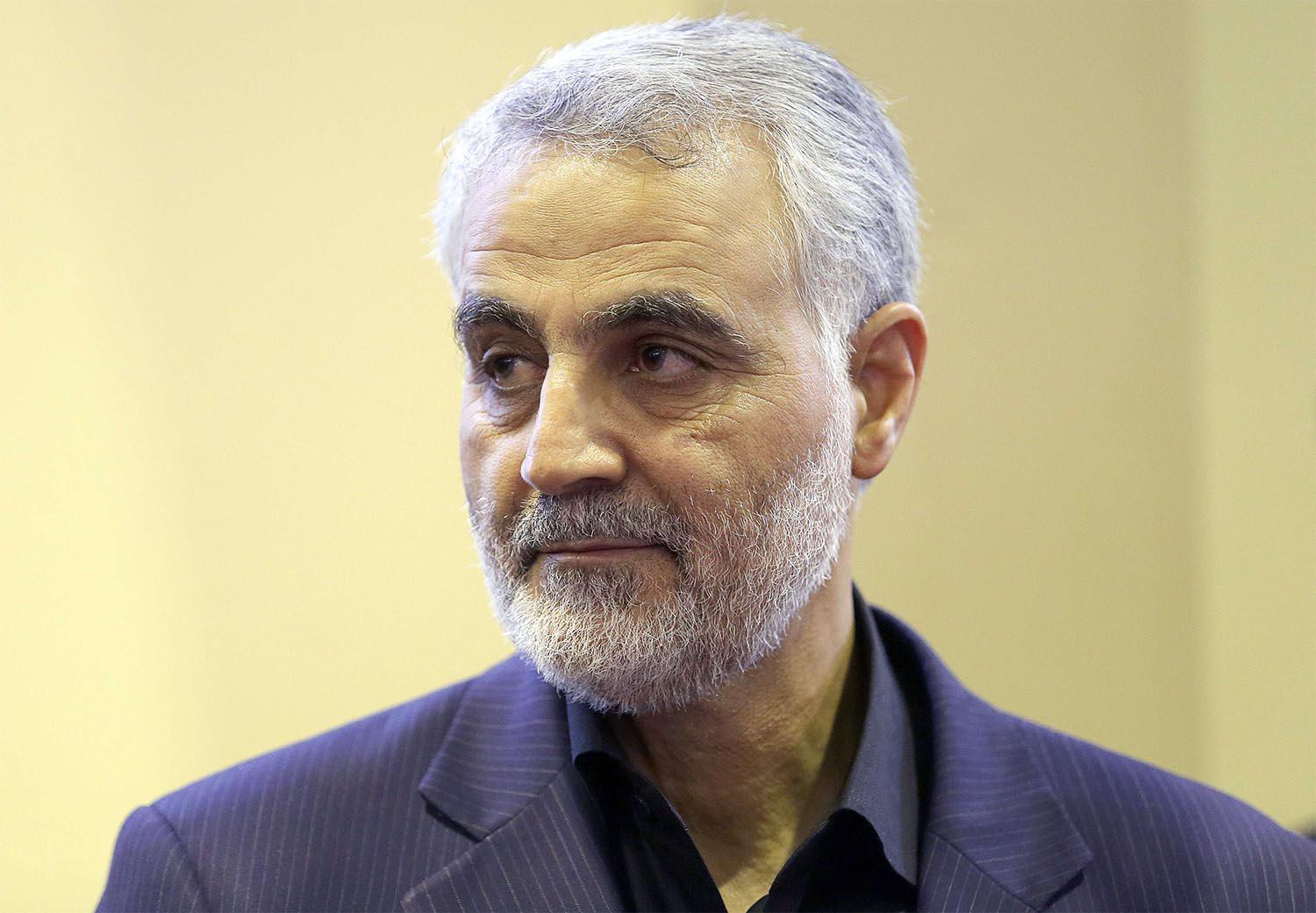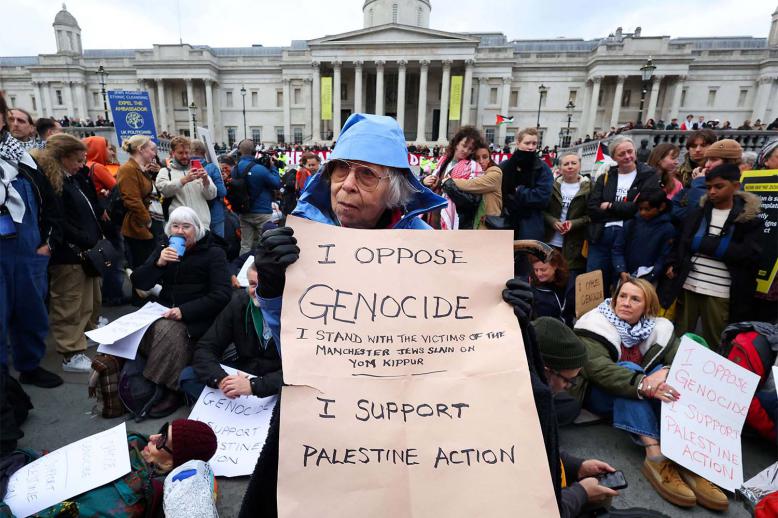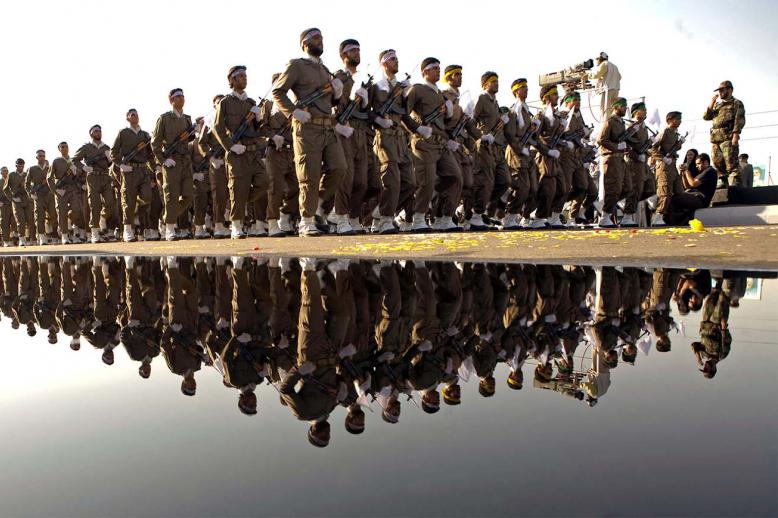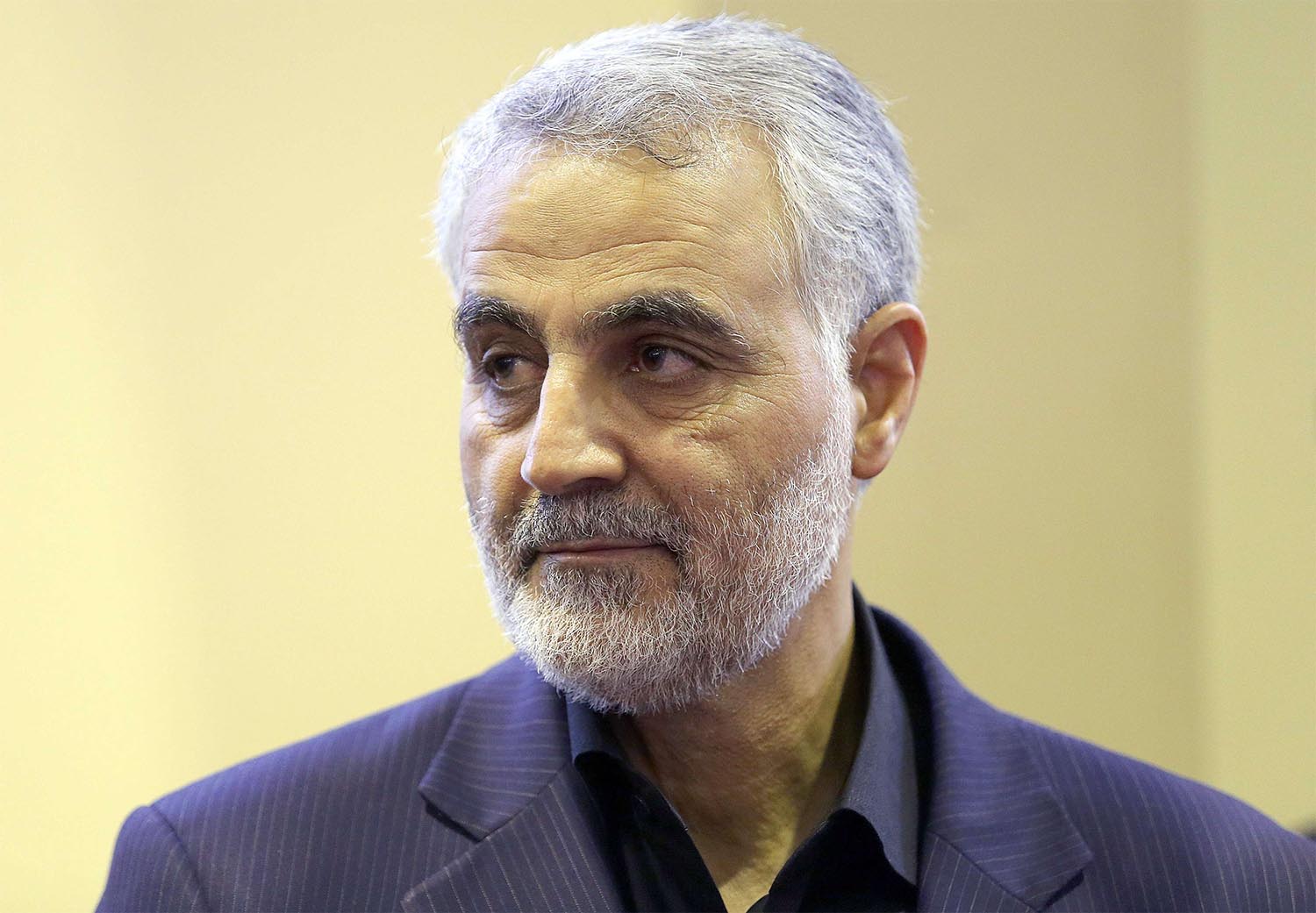Revenge is a dish best served cold. Trump has thrown the dice. Now Tehran’s turn
In the morning of 3rd of January millions of people in the West woke up to the news that an Iranian general named Qasem Soleimani had been assassinated by an American strike in Baghdad. But very few of them, if any, will understand just how colossal a move the decision by Trump is and what the payback will be.
By far, this strike is way bigger than anything Trump has done so far in the region as geopolitical analysts scratch their heads and wonder how it fairs against his first air strikes in Syria. Or even his decision in May 2017 to pull out of the so-called Iran deal, which has led to the crisis in the first place.
No comparison.
In fact, one could argue that even America’s downing of an Iranian airliner in July 1988 in the straits of Hormuz – a military blunder by a commander of an aircraft carrier who believed that an Iranian airliner was a fighter jet descending – also cannot even compare. Given that the decision to shoot down the civilian airliner was a genuine military misjudgement it is worth noting what Iran’s response was: cold, calculated revenge against an American airliner, Pan Am flight 103 just six months later three days before Christmas, packed full of Americans, including military.
Iran’s revenge will be equally calculated, but much more than merely Lockerbie. It’s hard not to underestimate how powerful and how respected Soleimani was to the Iranians – and how feared by his enemies.
To give it some context, an idea how a retaliation will be weighty and one which will show the world that “de-escalation” that rent-a-quote ex UK ambassador to Lebanon Tom Fletcher talks about is unrealistic, we have just to consider the sheer speed of a statement by Lebanon’s Hezbollah leader Hassan Nasrallah who has spoken of avenging his death by “resistance fighters worldwide”.
That was a statement which Nasrallah didn’t need clearance from Tehran to make.
During this period of high tension between Iran and US allies in the region, the assassination marks a distinctive sea change in Trump’s capricious and, until now, craven policy in the region, which has left Iraqis dancing in the streets. Something snapped. Perhaps the decision to go ahead with the strike against Soleimani was driven by the unprecedented tweet fired directly at Trump by Iran’s supreme leader Ali Khamenei “you can’t do anything”.
But it also makes analysts reflect on Trump’s decision to back down against Iran shooting down a US drone in June of last year, where, at the very last moment he pulled back, reportedly because of advice from US newscaster Tucker Carlson. Trump may have miscalculated there as a strike against military installations to make the point to the Iranians that they crossed a line with the drone shooting would, in hindsight, have been more effective, as it would have made the Iranians reflect.
But now, there will be no period of reflection. The strike is so huge and has such egregious ramifications that revenge can be the only policy. The huge question now is where Iran and the US can hold back on crossing a line which leads to a full out war in the region. Western commentators are right to argue that Iran will not want to go to war. But their choice of retaliation is critical now. Kidnappings, assassinations and car bombs which will hit American – and importantly its Israeli and Arab allies – in the region will be inevitable and perhaps timed to coincide with the critical run up to Trump’s 2020 re-election bid. Probably a war in the Middle East during an election campaign will not give Trump a boost but make him look foolish.
Could he actually win an election during a period where body bags of US soldiers were arriving from the Middle East?
For over 20 years, arguably, Soleimani was the mastermind behind the country's activities across in the Middle East, and its real foreign minister when it came to matters of war and peace.
According to the BBC, he was widely considered an “architect of Syrian President Bashar al-Assad's war against rebels in Syria, the rise of pro-Iranian paramilitaries in Iraq, the fight against the Islamic State group, and many battles beyond”.
It is not so well known that he also led the Hezbollah war against Israel’s 2006 invasion from inside Lebanon itself.
Soleimani regularly taunted Trump on Twitter and made threats directly to him.
But it was not his tweets which were the deal breaker.
Trump’s decision to give the assassination the green light – in preference for a military strike against pro-Iranian Iraqi units which were apparently planning attacks against US forces there – has taken the threat of a war to a higher level and should be seen more rationally as yet another chapter in the war with Iran, since 1979. But an important one. The war has now shifted from proxy to direct which indicate that despite all the reports to the contrary, Trump is indeed ready for a real hands-on war in the region with Iran.
But it also shows that we are living in an era where not only US foreign policy is conducted on a twitter whim, but is also guided by those of its foes. Watch very carefully reaction in the coming days from Saudi Arabia, UAE and Israel to give a clue as to whether this has galvanised his Iran strategy in the region or left it compromised as the strike places them under a spotlight, in particular Riyadh.







